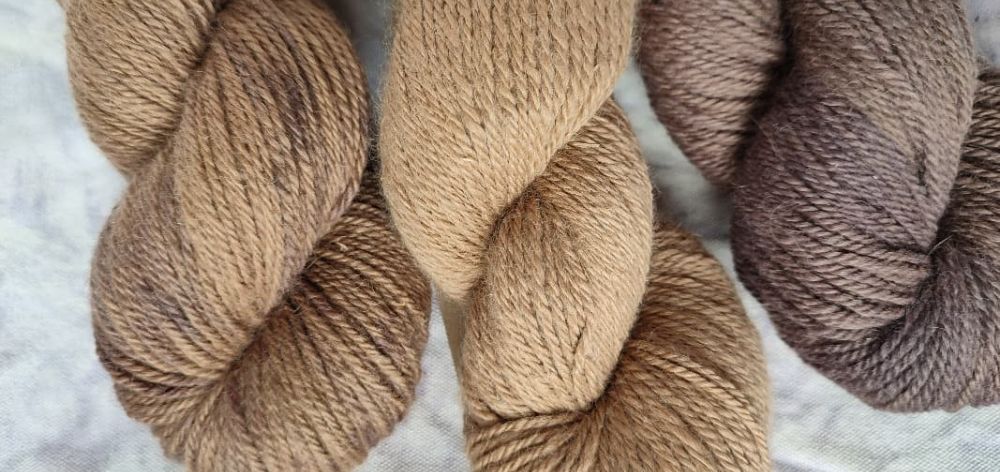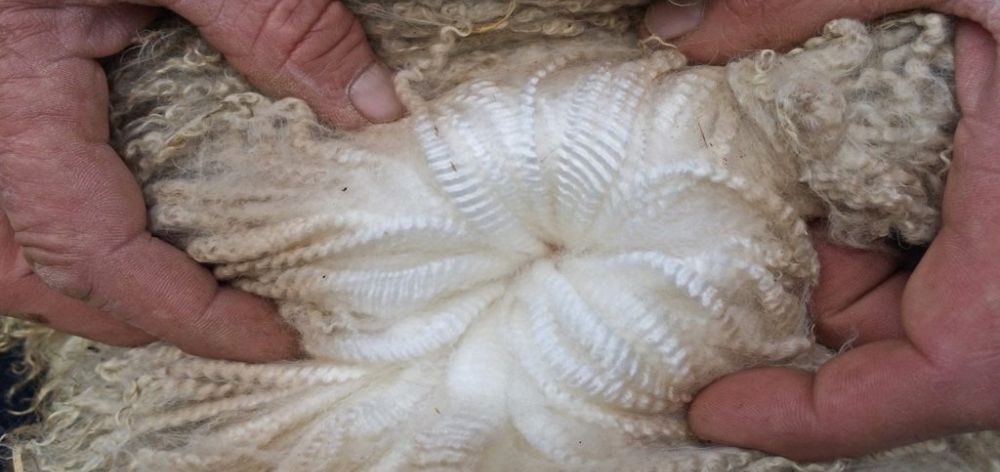The softness and quality of wool come from the properties held by the fiber. That refers to all types of wool, especially the alpaca’s garments such as Peruvian throws, scarves, blankets, and so on. The last decade has seen a great demand for alpaca woolen garments. This demand comes from the properties that wool delivers to the final product.
The fashion industry, in general, has seen all the benefits, and the consumers love the alpaca wool. But what is there more specific to know about alpaca wool, and what makes it better than the other types of wool?
In general, the quality of wool depends on fiber. That is why fiber sorting the grading is important in determining the qualities of wool as a final result. Alpaca wool is one of the finest wool on the market. It is also considered a superior and luxurious one. Putting the alpaca wool in front of other types of wool like cashmere is justified.
Mainly, some of the greatest benefits and properties the alpaca wool has are softness, durability, lightweight, odorless, and comfortability. All these combined together cannot be found in any other type of wool, which all comes down to the property of the alpaca fiber itself. Here is everything you will need to know about the sorting and grading of alpaca fiber.

Sorting the fiber is a big deal in achieving and getting the best alpaca wool. So, the sorting process should start by properly sorting the fibers, within two microns of each other. The criteria applied to sorting are color, micron, length of the fibers, where every long or short fibers need to be sorted separately.
Each alpaca fleece has long and short fibers. They also have different colors. Each color of the fibers and their grade should be separated. The grades go from one to six, which results in having 12 different sorting bags for each color. The alpaca fleece has 22 natural colors, but there is a possibility to mix and match the ones that come very close in shade.
You might also like: Baby alpaca wool vs premium alpaca wool: what is the difference?
White and black kepted separately, unless the final goal is to achieve grey. Through this process of sorting, each bag is numbered from one through six, marked for color, shorts or longer fibers, and grade. When it comes to grade, here is a micron chart for grading the alpaca fiber standard, applicable to both Huacaya and Suri alpaca breeds.
The fiber length is very important in the process of sorting because bad sorting can end up sticking out of the yarn. In time, that might result in a fuzzy look of the garment, feeling prickly on the skin or shed.

The process of sorting depends on another important thing, and that is the area of fleece. The entire process becomes much easier and simpler if the fiber is sorted from the same areas of the alpaca fleece. The alpaca animal has 7 different areas for shearing, each providing a different type of fleece. Those are:
You might also like: Dispelling 10 common myths about peruvian alpaca
Having good, finished, and quality products means that fiber sorting must be done adequately on the type of fiber and the area of fleece. Good sorting depends on assessing the fiber micron and putting it in the proper bag and category.
The only fibers that should be thrown away are the ones that might be very dirty or maybe the extremely contaminated fleece. All other types of fiber should be sorted and prepared to be turned into yarn.
Whether you are looking for a quality, but fashionable addition to your living space like blankets, throws, or alpaca cushions, or you want to cover yourself with some cozy and soft alpaca shawl, there is simply a no miss when it comes to Silkeborg Peru.
At Silkeborg Peru, we are determined and dedicated to providing the most unique, high-quality, and exquisite alpaca wool garments. From the fine fleece of the Peruvian alpacas, these products are the best in their category. Be sure to check out the varied offer of alpaca wool products and make the investment that will last for a long time.
